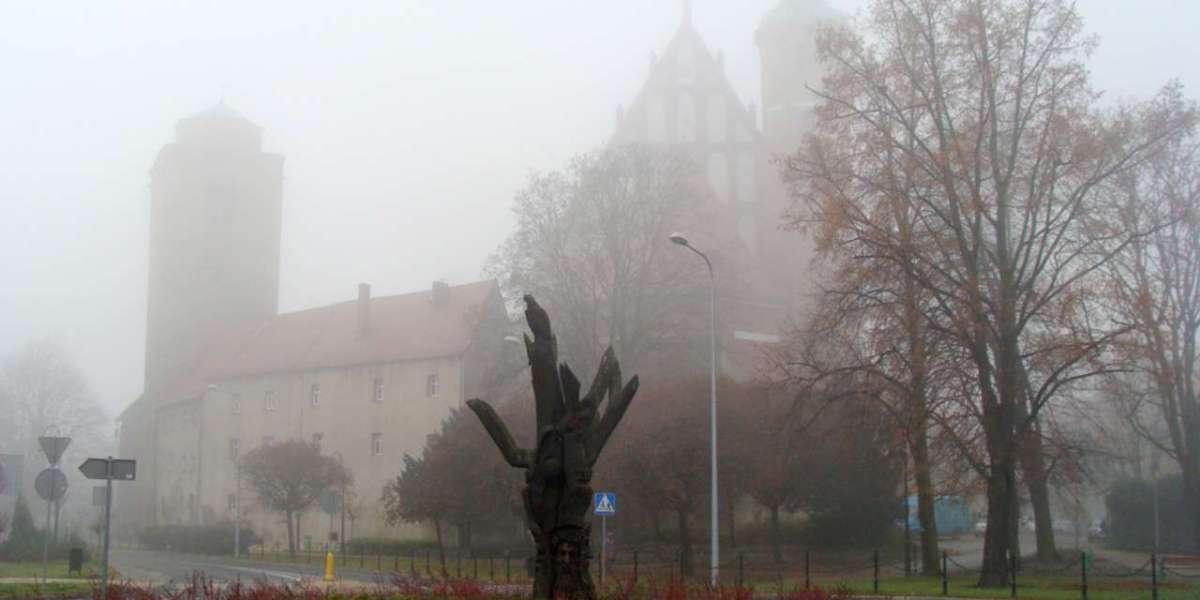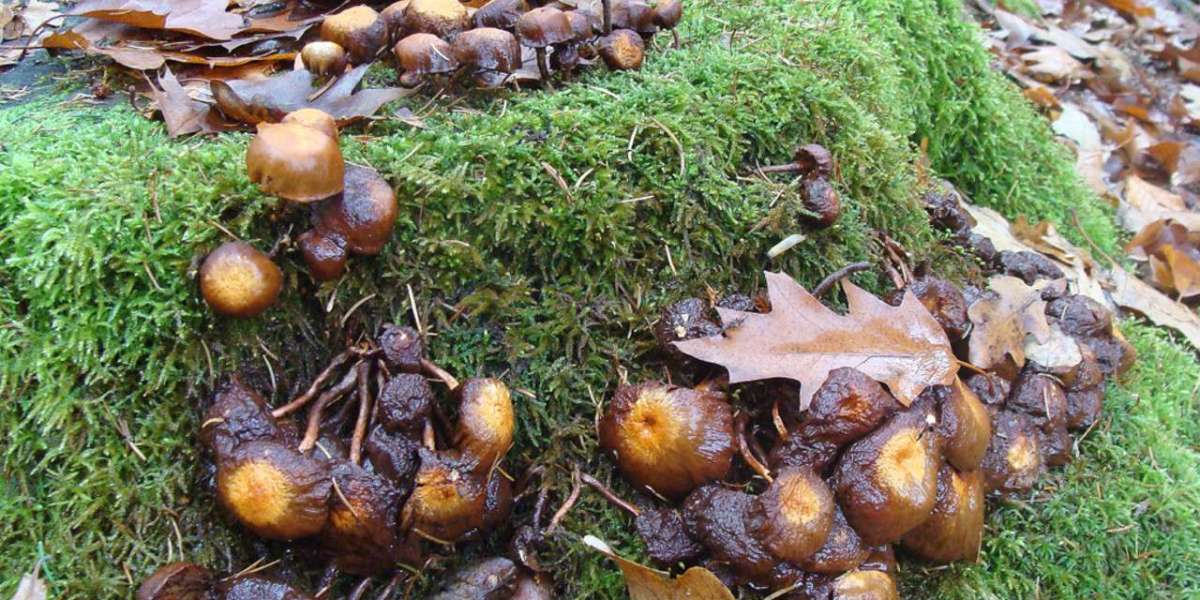The current revelations of a International Energy Administration whistleblower that the IEA may have misshaped crucial oil forecasts under intense U.S. pressure is, if true (and whistleblowers hardly ever come forward to advance their careers), a slow-burning thermonuclear explosion on future worldwide oil production. The Bush administration's actions in pressing the IEA to underplay the rate of decline from existing oil fields while overplaying the possibilities of discovering new reserves have the possible to toss governments' long-lasting planning into mayhem.

Whatever the truth, increasing long term international demands seem specific to outstrip production in the next years, specifically given the high and increasing expenses of establishing new super-fields such as Kazakhstan's overseas Kashagan and Brazil's southern Atlantic Jupiter and Carioca fields, which will need billions in investments before their first barrels of oil are produced.
In such a scenario, additives and substitutes such as biofuels will play an ever-increasing function by extending beleaguered production quotas. As market forces and increasing prices drive this innovation to the forefront, among the wealthiest possible production locations has actually been absolutely neglected by financiers already - Central Asia. Formerly the USSR's cotton "plantation," the region is poised to become a major gamer in the production of biofuels if sufficient foreign investment can be acquired. Unlike Brazil, where biofuel is produced mostly from sugarcane, or the United States, where it is mostly distilled from corn, Central Asia's ace resource is an indigenous plant, Camelina sativa.
Of the previous Soviet Caucasian and Central Asian republics, those clustered around the shores of the Caspian, Azerbaijan and Kazakhstan have actually seen their economies boom because of record-high energy rates, while Turkmenistan is waiting in the wings as a rising producer of natural gas.
Farther to the east, in Uzbekistan, Kyrgyzstan and Tajikistan, geographical isolation and relatively little hydrocarbon resources relative to their Western Caspian neighbors have actually largely inhibited their ability to capitalize increasing worldwide energy demands up to now. Mountainous Kyrgyzstan and Tajikistan remain largely dependent for their electrical requirements on their Soviet-era hydroelectric infrastructure, however their increased need to produce winter season electrical energy has actually led to autumnal and winter water discharges, in turn significantly impacting the farming of their western downstream next-door neighbors Uzbekistan, Kazakhstan and Turkmenistan.
What these three downstream nations do have however is a Soviet-era legacy of farming production, which in Uzbekistan's and Turkmenistan case was mostly directed towards cotton production, while Kazakhstan, starting in the 1950s with Khrushchev's "Virgin Lands" programs, has actually become a significant producer of wheat. Based upon my discussions with Central Asian government officials, provided the thirsty needs of cotton monoculture, foreign proposals to diversify agrarian production towards biofuel would have fantastic appeal in Astana, Ashgabat and Tashkent and to a lesser level Astana for those durable financiers ready to bet on the future, especially as a plant native to the area has actually already shown itself in trials.
Known in the West as false flax, wild flax, linseed dodder, German sesame and Siberian oilseed, camelina is attracting increased scientific interest for its oleaginous qualities, with a number of European and American business currently investigating how to produce it in industrial quantities for biofuel. In January Japan Airlines carried out a historical test flight utilizing camelina-based bio-jet fuel, becoming the first Asian carrier to try out flying on fuel stemmed from sustainable feedstocks during a one-hour demonstration flight from Tokyo's Haneda Airport. The test was the culmination of a 12-month assessment of camelina's operational performance capability and potential business practicality.
As an alternative energy source, camelina has much to recommend it. It has a high oil material low in hydrogenated fat. In contrast to Central Asia's thirsty "king cotton," camelina is drought-resistant and unsusceptible to spring freezing, needs less fertilizer and herbicides, and can be used as a rotation crop with wheat, which would make it of particular interest in Kazakhstan, now Central Asia's significant wheat exporter. Another bonus of camelina is its tolerance of poorer, less fertile conditions. An acre planted with camelina can produce as much as 100 gallons of oil and when planted in rotation with wheat, camelina can increase wheat production by 15 percent. A ton (1000 kg) of camelina will consist of 350 kg of oil, of which pressing can draw out 250 kg. Nothing in camelina production is squandered as after processing, the plant's particles can be utilized for animals silage. Camelina silage has an especially attractive concentration of omega-3 fatty acids that make it an especially great animals feed prospect that is simply now acquiring acknowledgment in the U.S. and Canada. Camelina is fast growing, produces its own natural herbicide (allelopathy) and competes well against weeds when an even crop is established. According to Britain's Bangor University's Centre for Alternative Land Use, "Camelina could be a perfect low-input crop appropriate for bio-diesel production, due to its lower requirements for nitrogen fertilizer than oilseed rape."
Camelina, a branch of the mustard family, is indigenous to both Europe and Central Asia and hardly a new crop on the scene: archaeological evidence suggests it has been cultivated in Europe for at least 3 millennia to produce both grease and animal fodder.
Field trials of production in Montana, presently the center of U.S. camelina research, revealed a large range of outcomes of 330-1,700 pounds of seed per acre, with oil content differing between 29 and 40%. Optimal seeding rates have actually been figured out to be in the 6-8 lb per acre variety, as the seeds' little size of 400,000 seeds per lb can develop problems in germination to achieve an optimal plant density of around 9 plants per sq. ft.
Camelina's potential could permit Uzbekistan to begin breaking out of its most dolorous legacy, the imposition of a cotton monoculture that has deformed the country's efforts at agrarian reform considering that achieving independence in 1991. Beginning in the late 19th century, the Russian government figured out that Central Asia would become its cotton plantation to feed Moscow's growing textile market. The process was accelerated under the Soviets. While Azerbaijan, Kazakhstan, Tajikistan and Turkmenistan were likewise ordered by Moscow to plant cotton, Uzbekistan in particular was singled out to produce "white gold."
By the end of the 1930s the Soviet Union had become self-dependent in cotton; 5 years later it had ended up being a significant exporter of cotton, producing more than one-fifth of the world's production, concentrated in Uzbekistan, which produced 70 percent of the Soviet Union's output.
Try as it may to diversify, in the lack of options Tashkent stays wedded to cotton, producing about 3.6 million lots yearly, which brings in more than $1 billion while constituting approximately 60 percent of the country's tough currency earnings.
Beginning in the mid-1960s the Soviet federal government's regulations for Central Asian cotton production mostly bankrupted the region's scarcest resource, water. Cotton utilizes about 3.5 acre feet of water per acre of plants, leading Soviet coordinators to divert ever-increasing volumes of water from the region's two primary rivers, the Amu Darya and Syr Darya, into inefficient irrigation canals, resulting in the remarkable shrinking of the rivers' final destination, the Aral Sea. The Aral, once the world's fourth-largest inland sea with an area of 26,000 square miles, has actually diminished to one-quarter its original size in one of the 20th century's worst ecological catastrophes.
And now, the dollars and cents. Dr. Bill Schillinger at Washington State University just recently described camelina's service model to Capital Press as: "At 1,400 pounds per acre at 16 cents a pound, camelina would generate $224 per acre; 28-bushel white wheat at $8.23 per bushel would garner $230."
Central Asia has the land, the farms, the irrigation facilities and a modest wage scale in comparison to America or Europe - all that's missing is the foreign financial investment. U.S. financiers have the money and access to the competence of America's land grant universities. What is specific is that biofuel's market share will grow gradually; less particular is who will gain the benefits of establishing it as a feasible issue in Central Asia.
If the recent past is anything to go by it is unlikely to be American and European financiers, fixated as they are on Caspian oil and gas.

But while the Japanese flight experiments suggest Asian interest, American investors have the academic proficiency, if they want to follow the Silk Road into establishing a new market. Certainly anything that reduces water usage and pesticides, diversifies crop production and enhances the lot of their agrarian population will receive most careful factor to consider from Central Asia's federal governments, and farming and grease processing plants are not only much more affordable than pipelines, they can be constructed faster.
And jatropha curcas's biofuel potential? Another story for another time.









